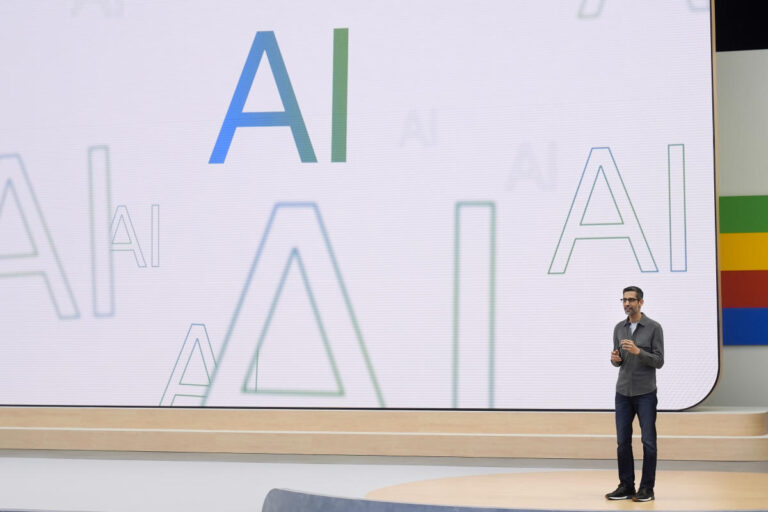Google’s greenhouse gas emissions have increased by nearly 50% over the past five years due to the energy-intensive data centers needed to power artificial intelligence, according to the company’s 2024 environmental report released Tuesday. The report, which Google publishes annually, shows the company’s progress toward its self-declared goal of becoming carbon neutral by 2030.
Google emitted 14.3 million tons of carbon dioxide in 2023, the report said, up 48% from 2019 and 13% from a year earlier. “This is primarily due to increased data center energy consumption and supply chain emissions,” Google said in the report. “As we further integrate AI into our products, reducing emissions may be challenging due to the growing demand for energy associated with expected increases in our investments in technical infrastructure.”
Google’s report highlights the environmental impact that the explosion of artificial intelligence has had on the planet. Google, Microsoft, Amazon, Meta, Apple and other tech companies plan to invest billions of dollars in AI, but training AI models requires massive amounts of energy. Using AI features also consumes significant amounts of energy. By 2023, researchers at AI startup Hugging Face and Carnegie Mellon University estimated that generating a single image using artificial intelligence could use as much energy as charging a smartphone. Bernstein analysts said AI would “double the growth rate of electricity demand in the United States, and total consumption could exceed current supply within the next two years,” according to the report. The Financial Times Last month, Microsoft, which has also pledged to become “carbon negative” by the end of the decade, said its greenhouse gas emissions had increased by nearly 30% since 2020 due to data center construction.
Google’s report says the company’s data centers are consuming significantly more water than before to stay cool due to increased AI workloads. Some of those workloads so far have involved Google Search, which asks people to eat rocks and put glue on their pizza to keep the cheese from falling off, as well as Gemini, the company’s AI-powered chatbot, which generates images of .
In 2023, Google’s data centers used 17% more water than the previous year. That’s 6.1 billion liters, enough to irrigate about 41 golf courses per year in the southwestern United States, according to the company’s strangely outlandish metric.
“As our business and industry continue to evolve, we expect our total GHG (greenhouse gas) emissions to increase before falling back toward our absolute emissions reduction goal,” Google’s report said, without explaining what would precipitate that decline. “Predicting the future environmental impact of AI is complex and evolving, and our historical trends likely do not fully reflect the future trajectory of AI. As we deeply integrate AI into our product portfolio, the distinction between AI and other workloads will no longer be meaningful.”
This post contains affiliate links; if you click on one and make a purchase we may earn a commission.


